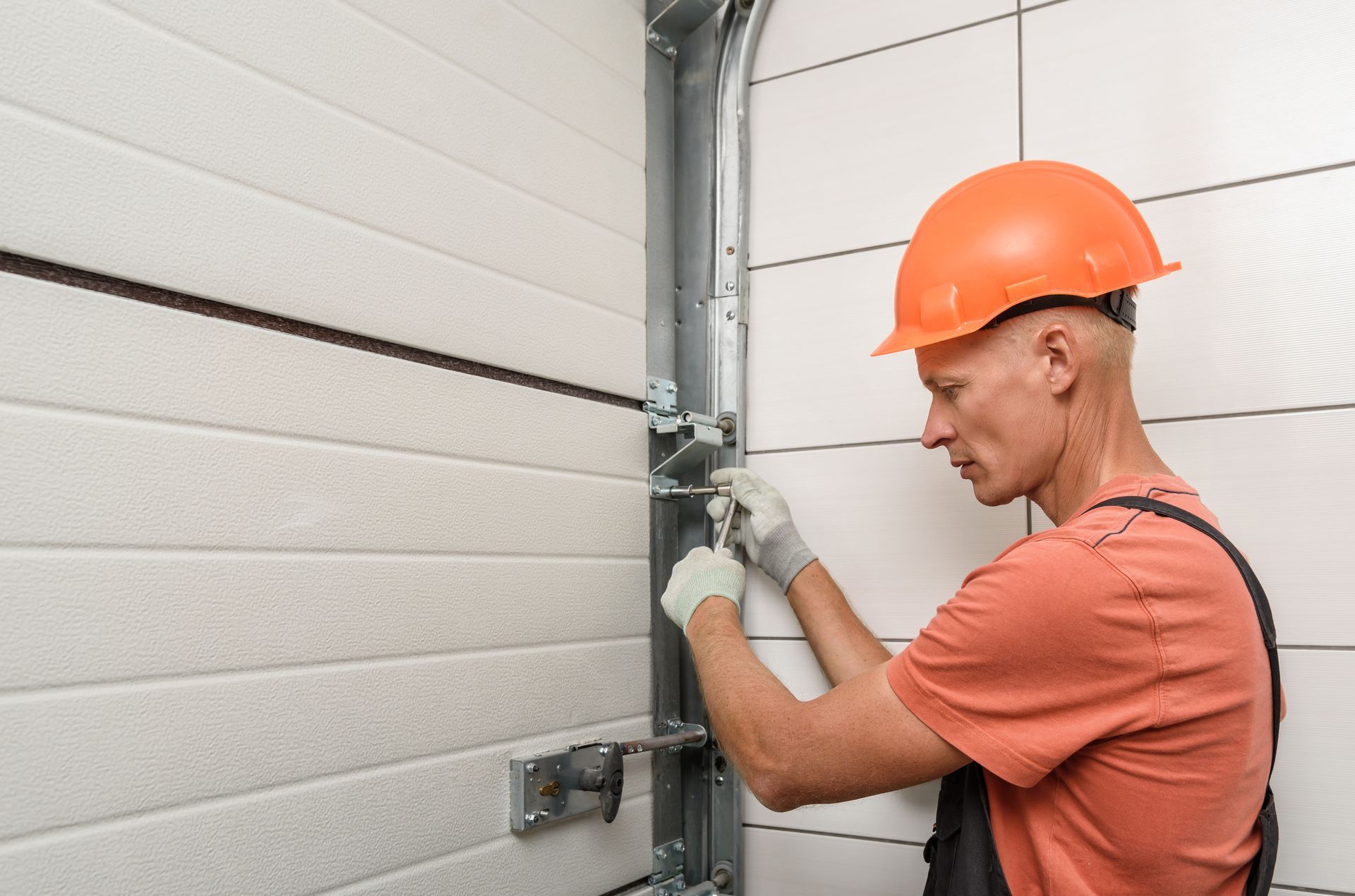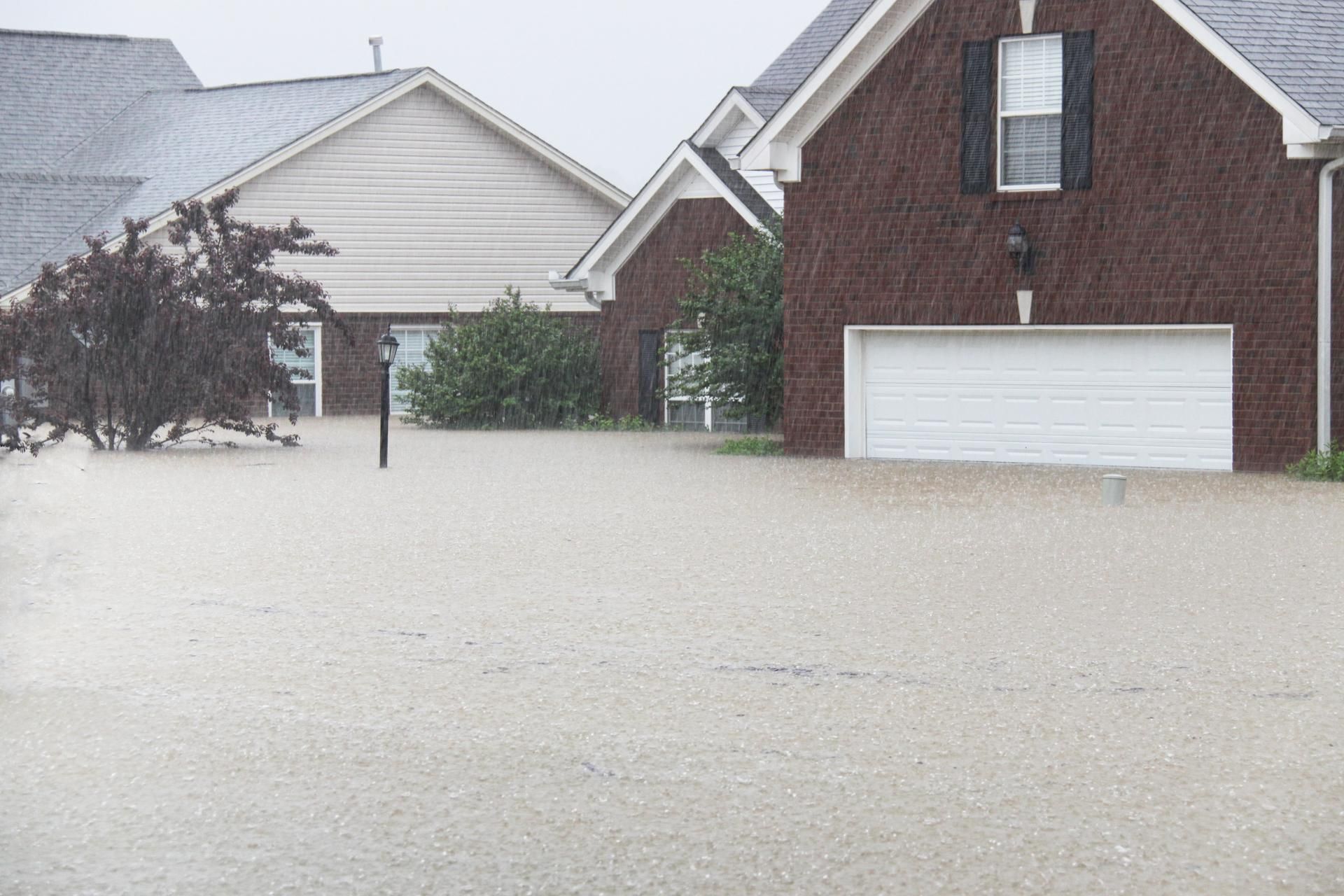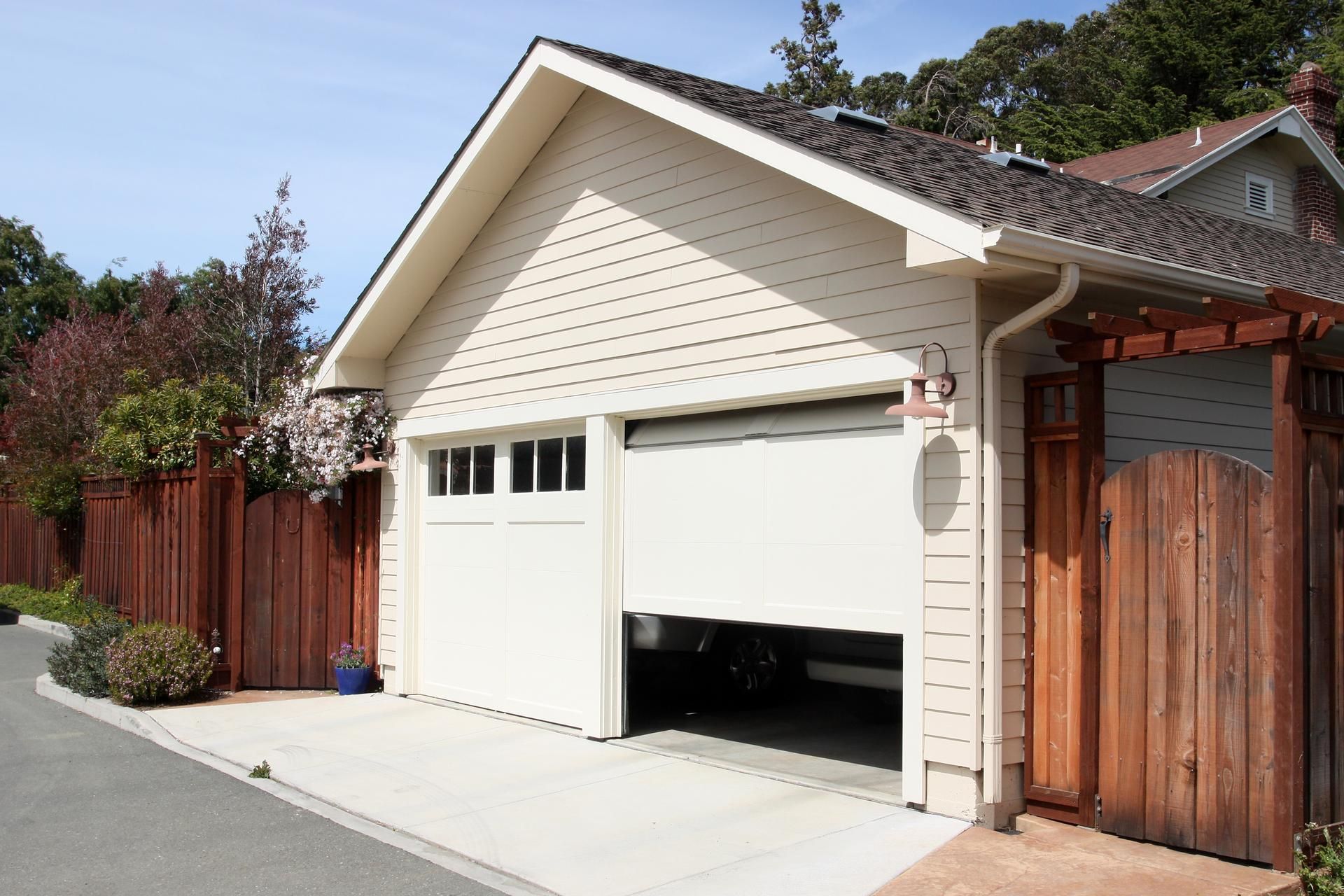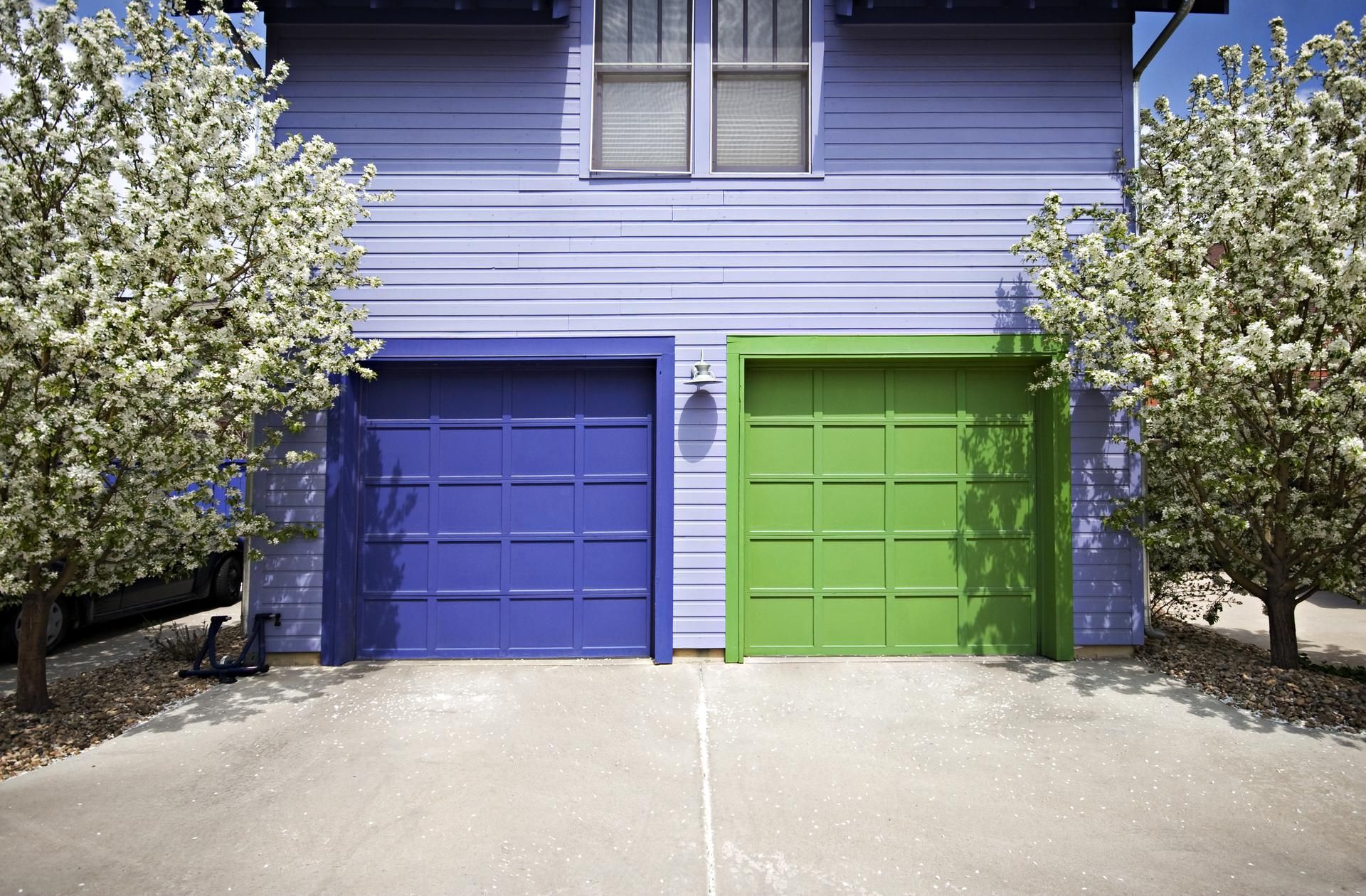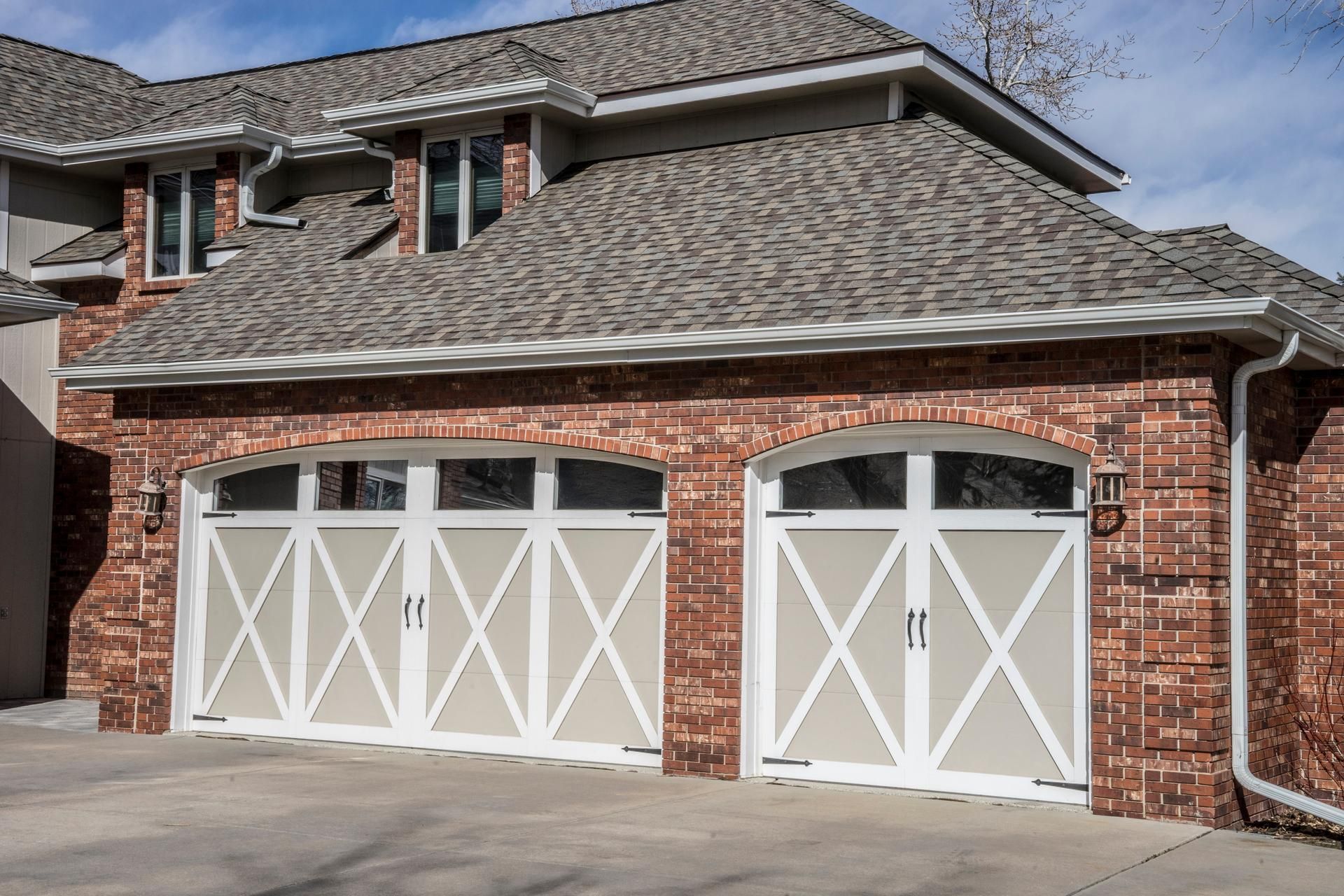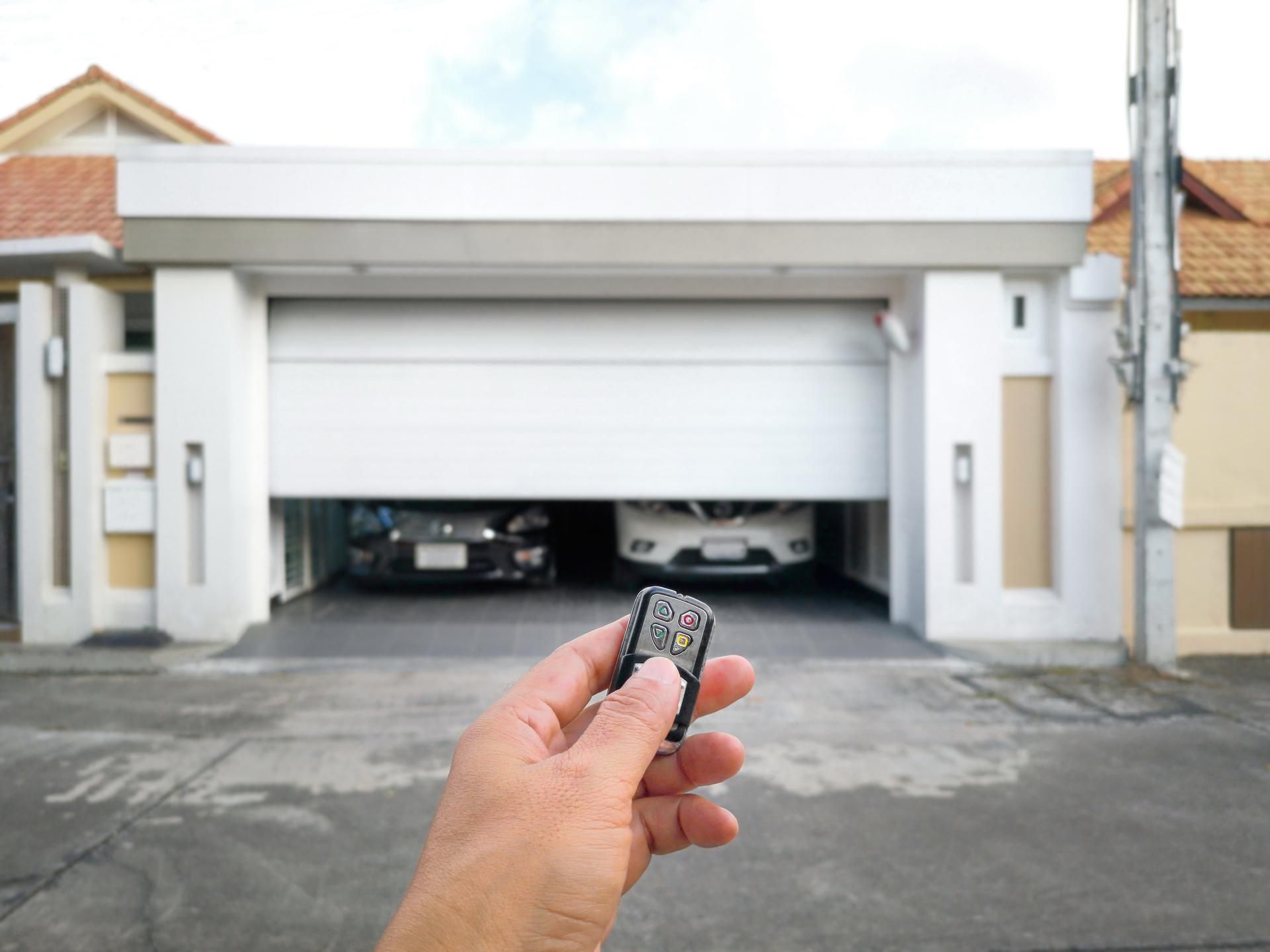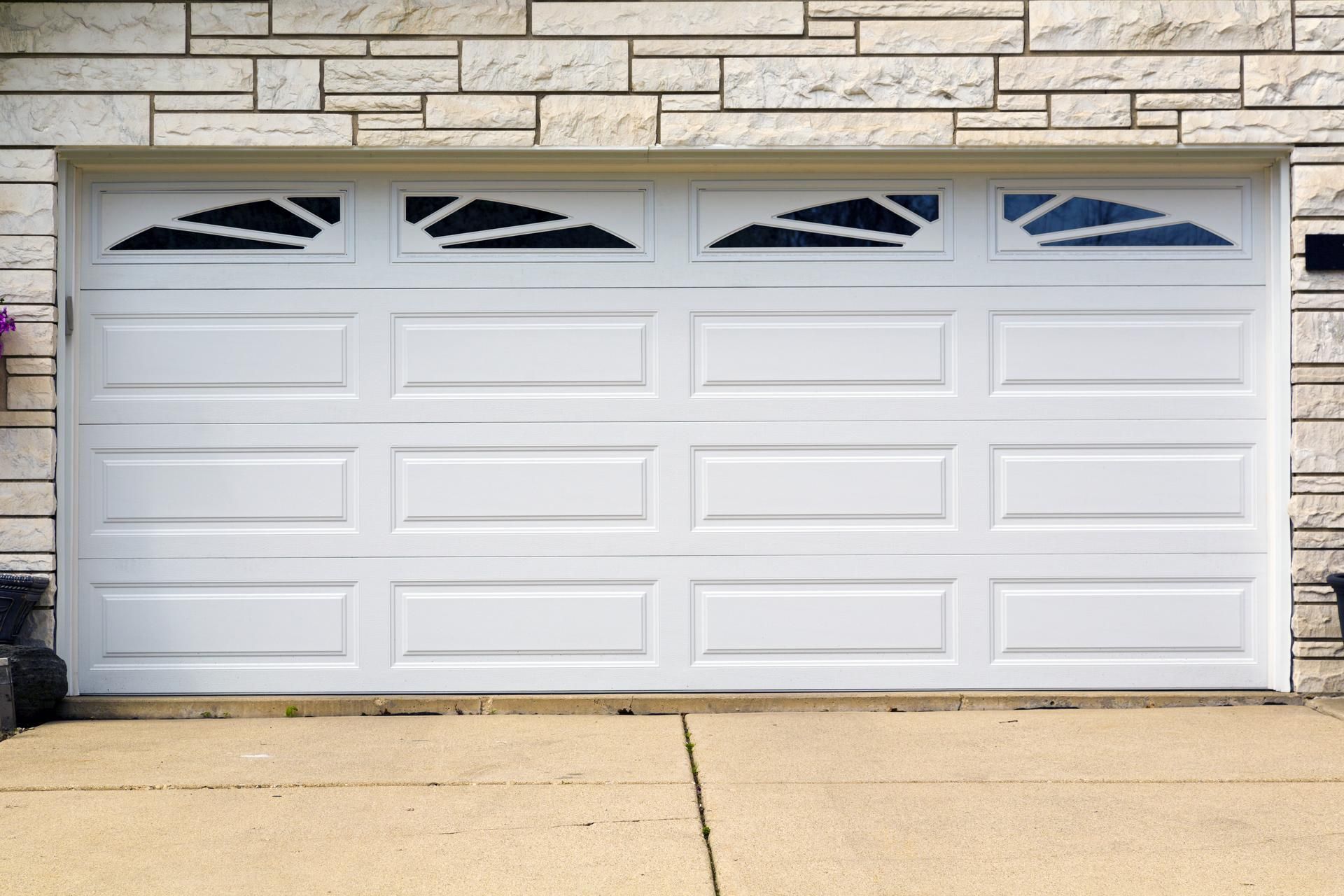3 Garage Door Child-Safety Tips
February 26, 2021
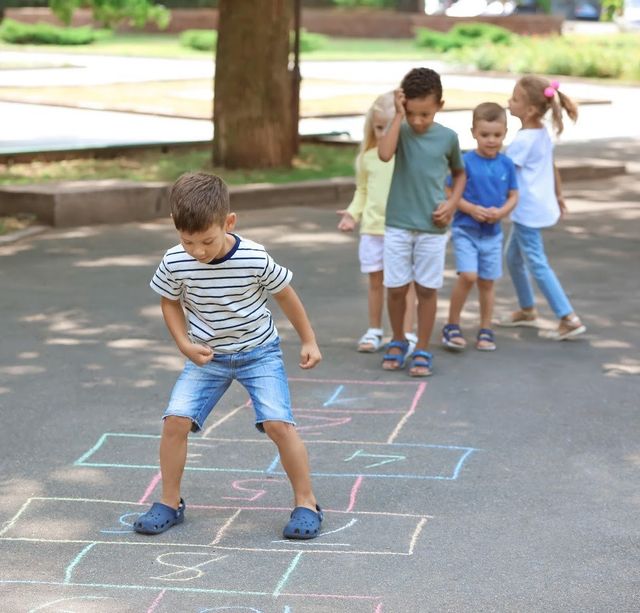
The Consumer Product Safety Commission (CPSC) does require that today's garage door openers have important safety features that help protect children from garage door entrapment. However, every parent should take additional steps to make their garage door as child-safe as possible.
Read on to learn three important tips for garage door child safety.
1. Never Perform DIY Garage Door Installation
Even a garage door equipped with all of the latest child-safety features can be hazardous to children when it is improperly installed. While amateur garage door installers can make many dangerous mistakes during the installation process, two common ones are improper garage door spring installation and inaccurate placement of door opener safety sensors.
If garage door springs are not installed properly, they can eventually snap or break loose with extreme force and greatly harm anyone standing in the garage near the springs, including small children. If door safety sensors are not installed in the right locations, they may not trigger the door to stop closing if a small child walks under the door when it is closing.
Other mistakes made during amateur garage door installation include mixing and matching incompatible door parts and not tightening door screws properly.
To ensure your garage door is as child-safe as possible, have an experienced garage door installation professional install it, and do not attempt to perform this task on your own.
2. Eliminate Small Gaps Surrounding the Door
Any gaps surrounding your garage door are child safety hazards. Children can stick their fingers or small hands inside of these gaps and get them stuck. In a panic, a child can then injure their finger(s) or hand(s) trying to dislodge them instead of waiting for an adult's help.
These gaps can develop for a variety of reasons.
Many gaps that develop between the garage door bottom and the ground occur due to weather seal deterioration. You can eliminate this gap by having your weather seals replaced.
If your weather seals are still in good condition and not the cause of the gap under your door, then the garage door limit switch may be improperly adjusted.
This switch controls the garage door opener motor and a switch that is not set properly can lead to the motor shutting off before the door is completely shut. A garage door expert can quickly and easily reset this sensor for you to eliminate a hazardous gap it may be causing.
Gaps that develop along the sides of the door are often caused by damaged or deteriorated door stops, which are strips of rubber trim that also act as weather seals. Replace door stops to eliminate these gaps. If the stops are in good shape, then the gaps may instead be a sign of a misaligned door track that should be realigned by a garage door expert.
3. Check Safety Sensors on a Regular Basis
While garage door safety sensors are relatively reliable, they should be tested on a regular basis to ensure they are working properly. To test your sensors, simply place a small object, such as a roll of toilet paper, on the ground under your garage door when it is open, then attempt to close the garage door with the remote.
If your sensors are working properly, the garage door will quickly reverse back open after it begins to close due to the obstruction.
If your door does not reverse with the obstruction present, then that signals a sensor problem. While garage door opener safety sensors can stop working due to simple dirt and debris buildup, they can also begin to malfunction due to improper alignment or sensor wire deterioration.
Contact a garage door repair expert for proper diagnosis and repair of your safety sensor problem as soon as it develops.
Follow these important garage door child-safety tips if you have small children in your home. Contact the garage door experts at Edgemont Garage Doors for new garage door installation, repairs, or maintenance services today.



